10 Free Natural Material Photos transparent PNG images
Explore our curated collection of Natural Material Photos, featuring 10 free AI-generated images that capture the essence of organic textures and materials. Browse through our diverse selection of stock photos, 3D objects, vectors, and illustrations showcasing wood, stone, fabric, metals, and other natural elements. All images are available in high resolution for free download, and you can personalize any image using our 'open in editor' feature to adjust the prompt and regenerate variations that perfectly match your vision.
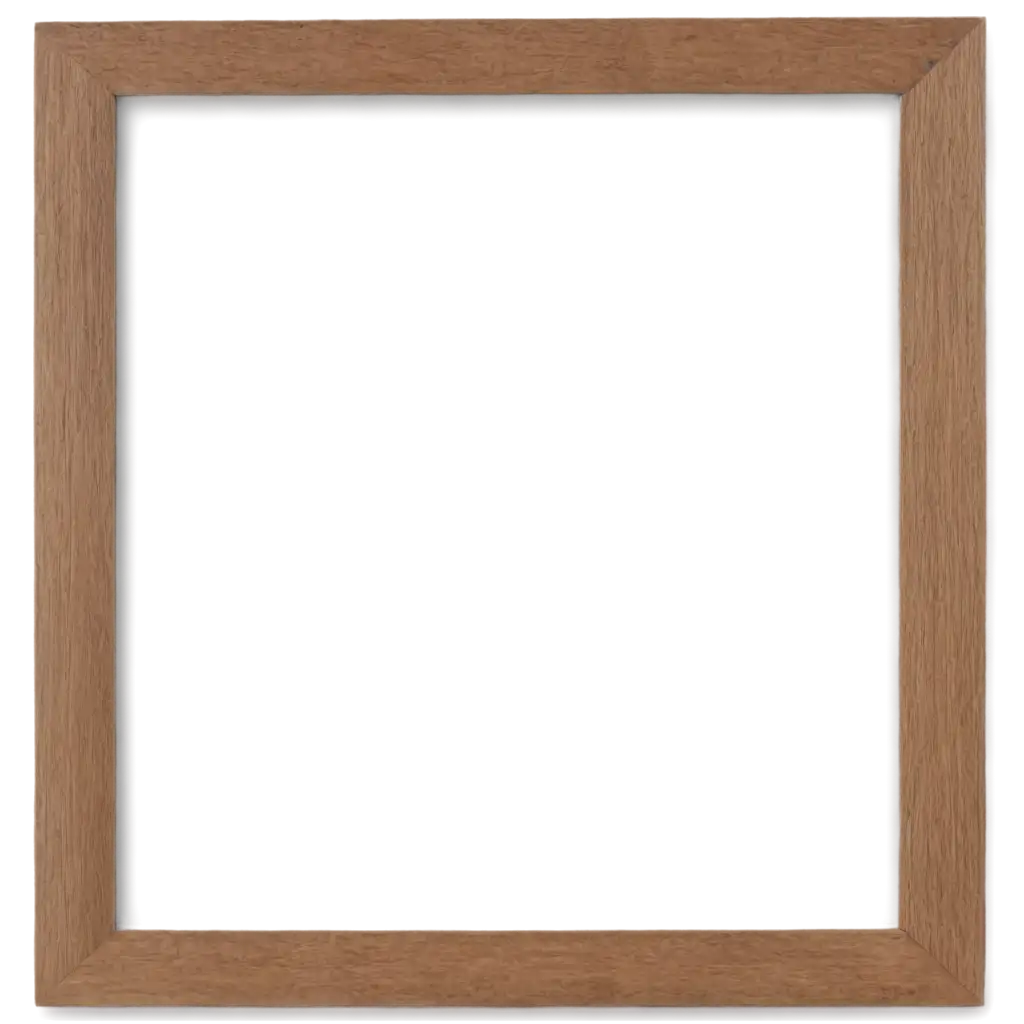
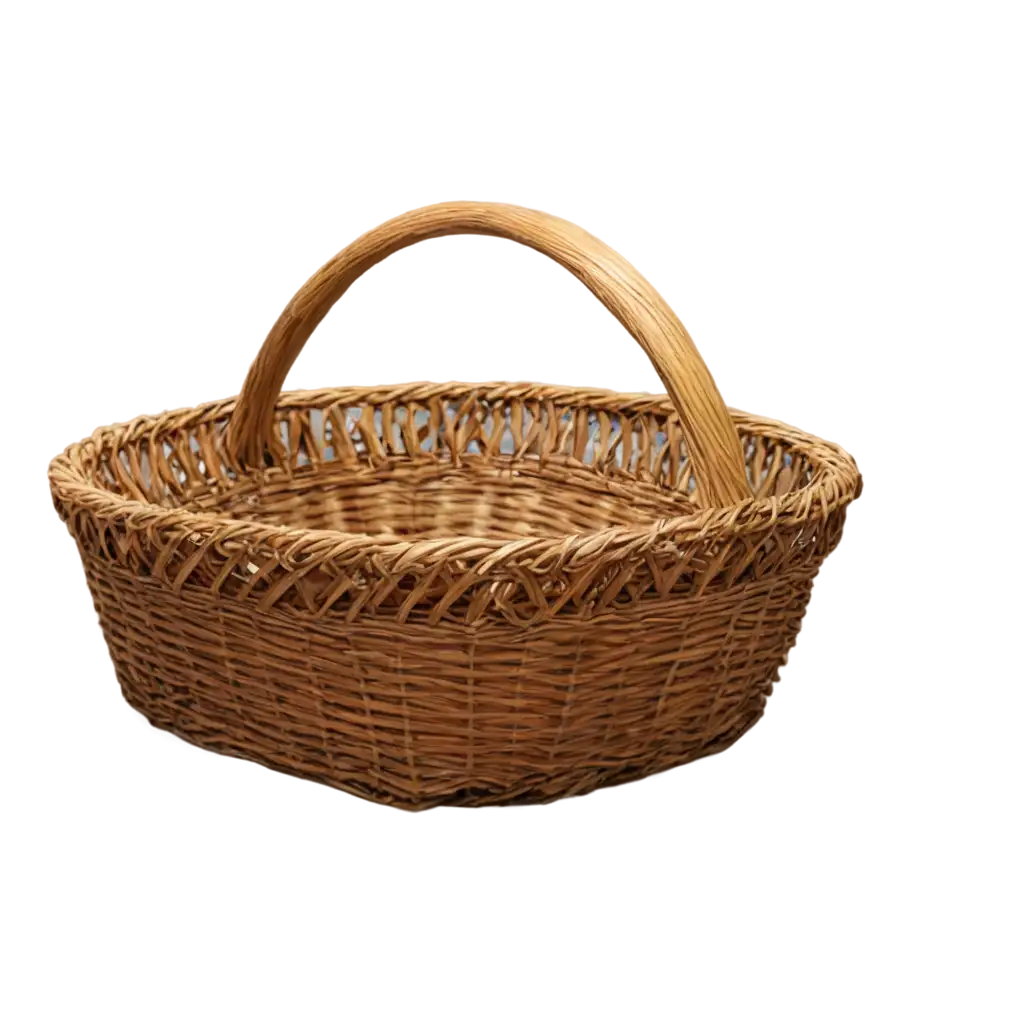
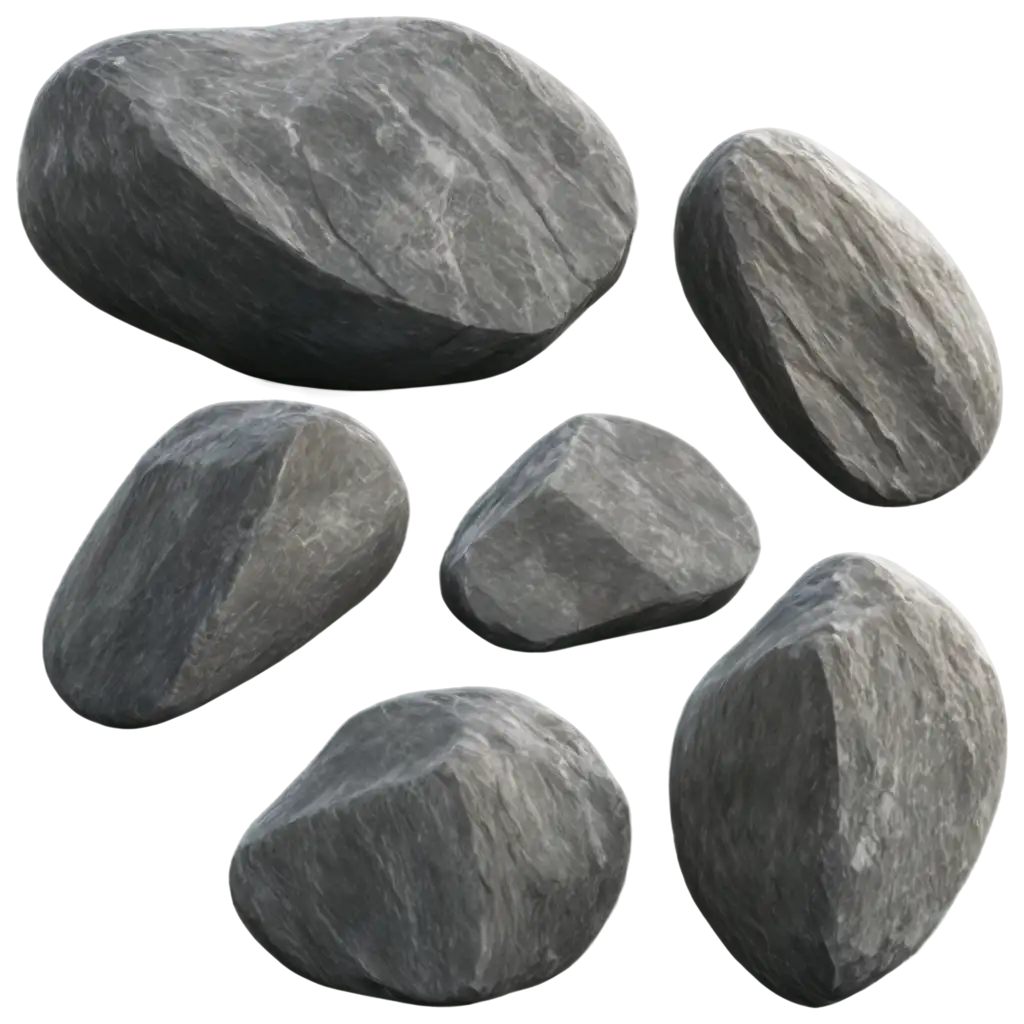
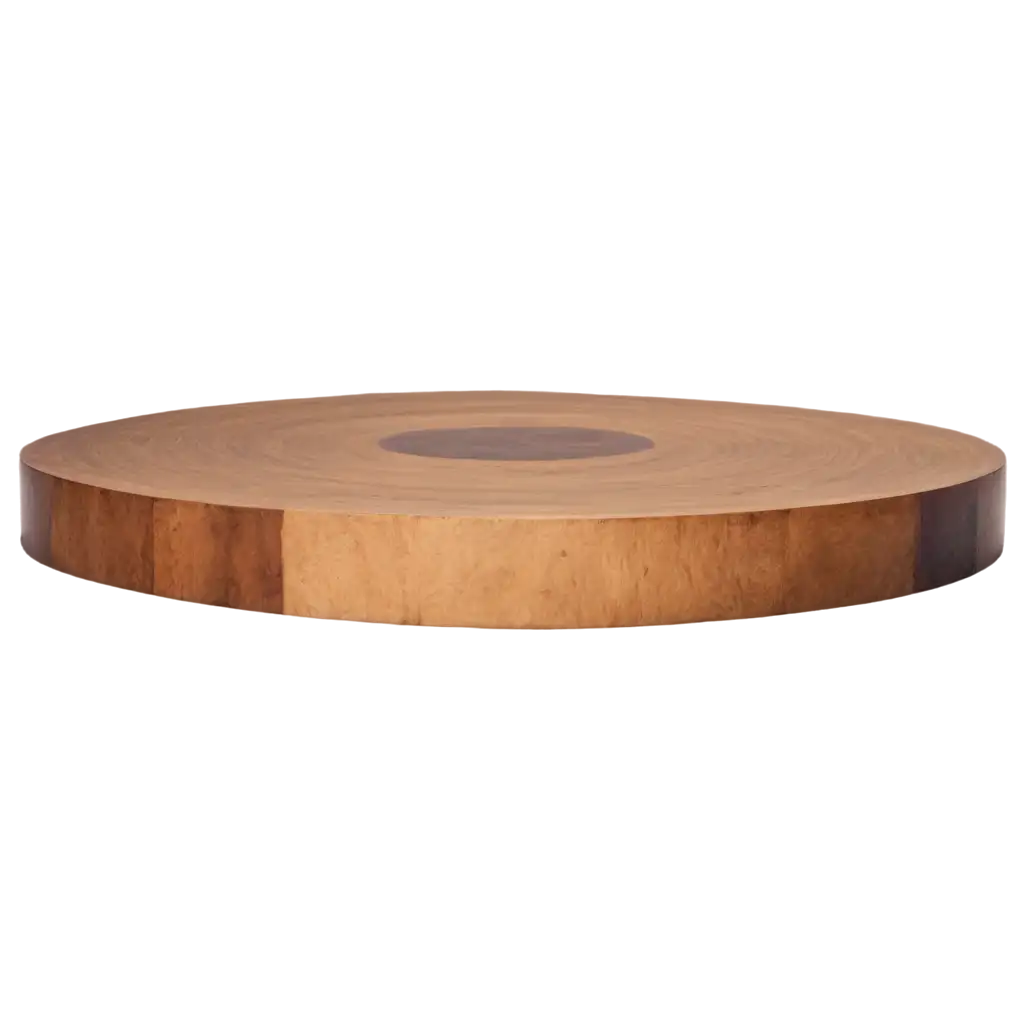

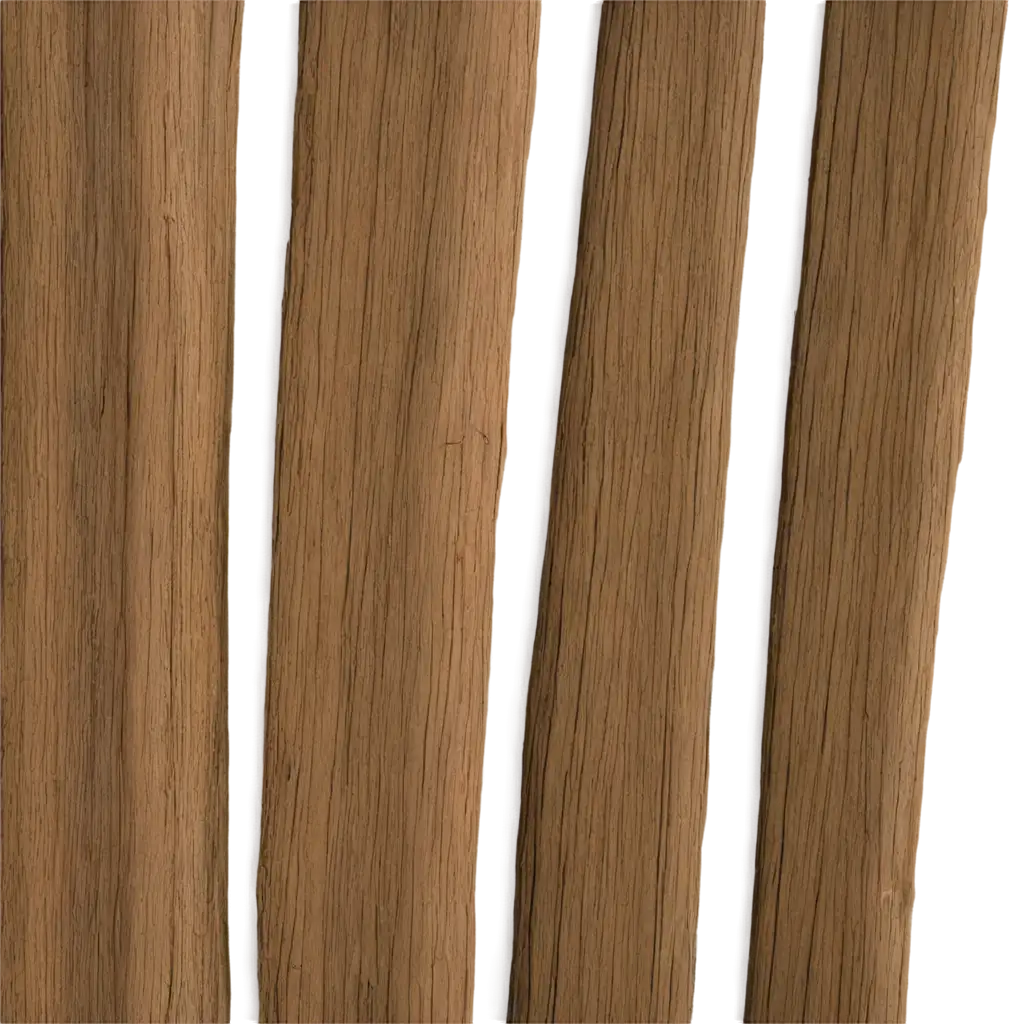
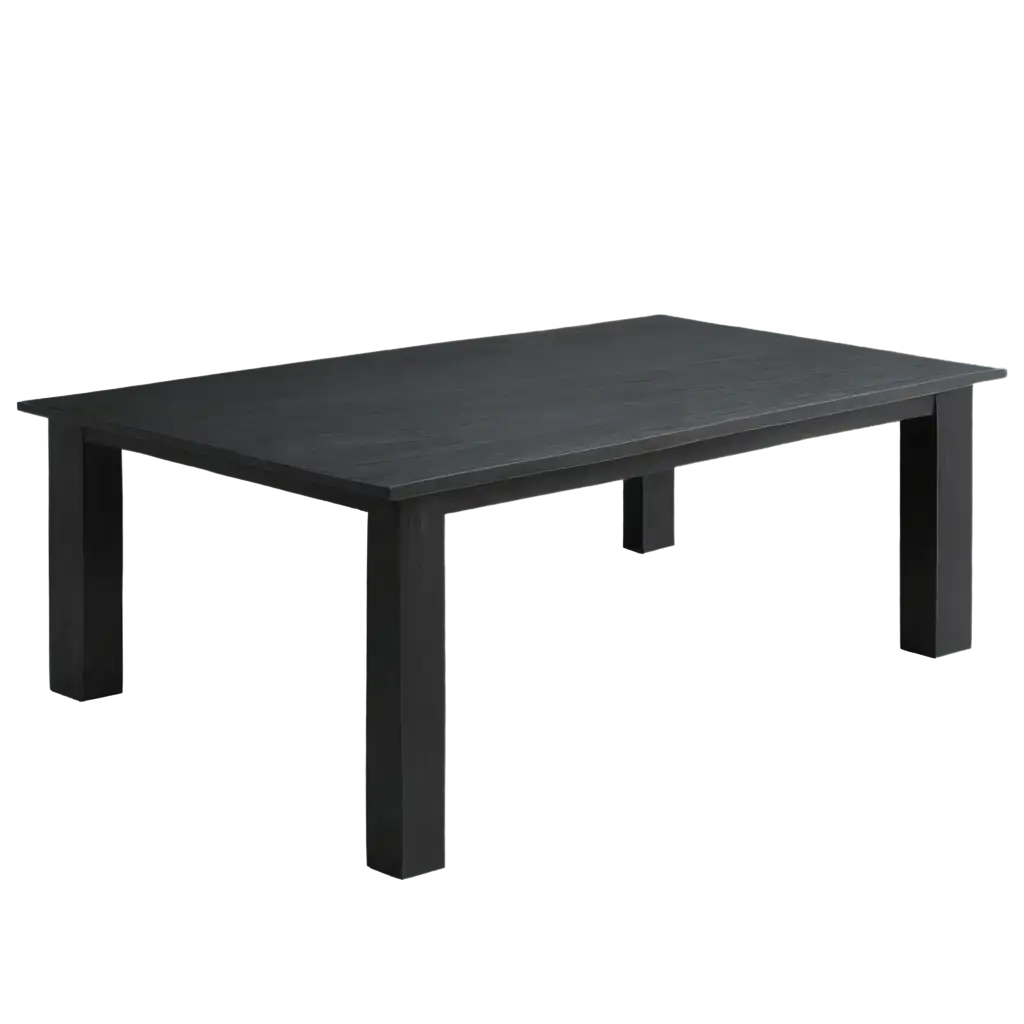

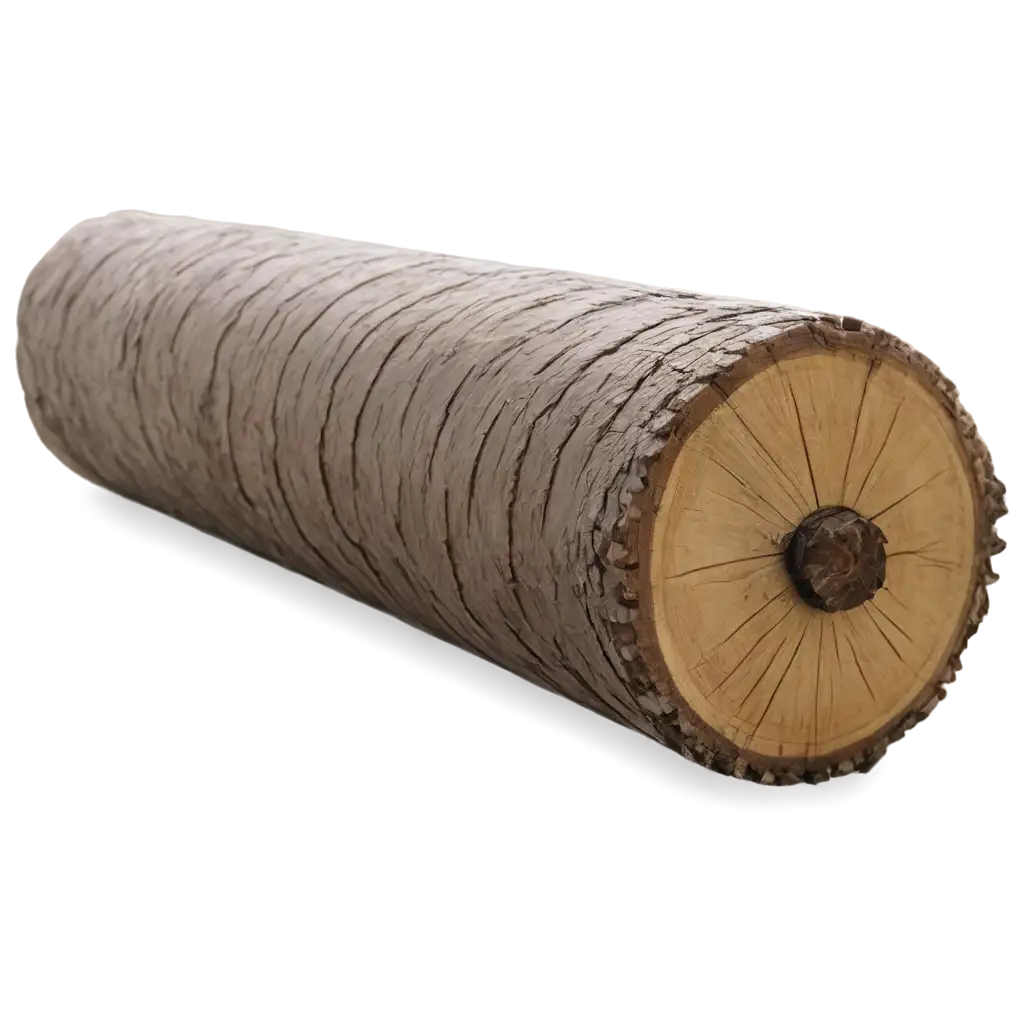
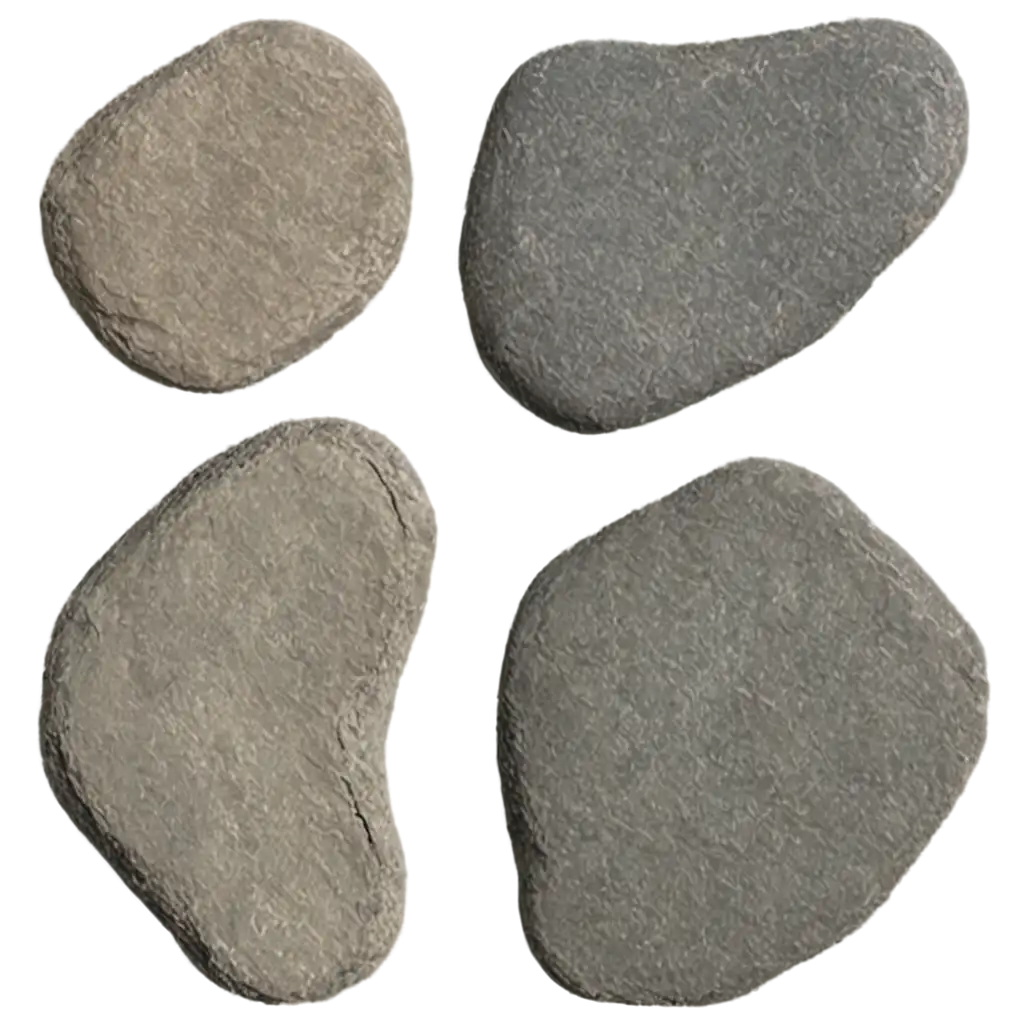
Related Tags
Natural materials represent the fundamental elements found in our environment, from the intricate patterns of wood grain to the smooth surfaces of polished stones. In the context of AI-generated imagery, natural materials are recreated through advanced algorithms that analyze and replicate the complex textures, colors, and patterns found in nature. These digital representations serve various purposes in architecture, interior design, product visualization, and artistic projects, offering creators the ability to showcase materials in different contexts and lighting conditions without the limitations of physical photography.
Understanding Natural Materials in Photography and Digital Art
Our collection encompasses various categories of natural materials, each serving specific design and visualization needs. Wood textures range from raw lumber to finished surfaces, perfect for furniture and architectural visualization. Stone and mineral textures include everything from granite and marble to sandstone and slate, ideal for building materials and landscape design. Textile representations showcase natural fibers like cotton, wool, and silk, essential for fashion and interior design projects. Metal textures, though man-made, are included for their natural mineral origins, featuring various finishes from polished to weathered. These images find applications in 3D rendering, product design, educational materials, and marketing collateral.
Types and Applications of Natural Material Imagery
The key to generating convincing natural material images lies in understanding and replicating their inherent characteristics. Successful renders must capture subtle details like surface irregularities, reflection properties, and environmental interactions. For wood, this means accurately representing grain patterns, knots, and age variations. Stone textures require attention to crystalline structures, veining, and surface roughness. Fabric renders must convey weave patterns, fiber directions, and light interaction. Our AI technology analyzes thousands of real material photographs to generate authentic-looking textures that maintain physical accuracy while allowing for creative customization through our editor.
Creating Photorealistic Natural Material Renders
The field of natural material visualization is evolving rapidly with emerging technologies. Advances in AI and machine learning are enabling more accurate reproduction of complex material properties, including subsurface scattering in translucent materials and dynamic aging effects. Virtual and augmented reality applications are driving demand for higher fidelity material representations that respond realistically to different lighting conditions and viewing angles. Sustainability visualization is becoming increasingly important, with growing interest in representing eco-friendly and recycled materials. These trends are shaping how we create and use natural material imagery in digital applications.
Future Trends in Natural Material Visualization